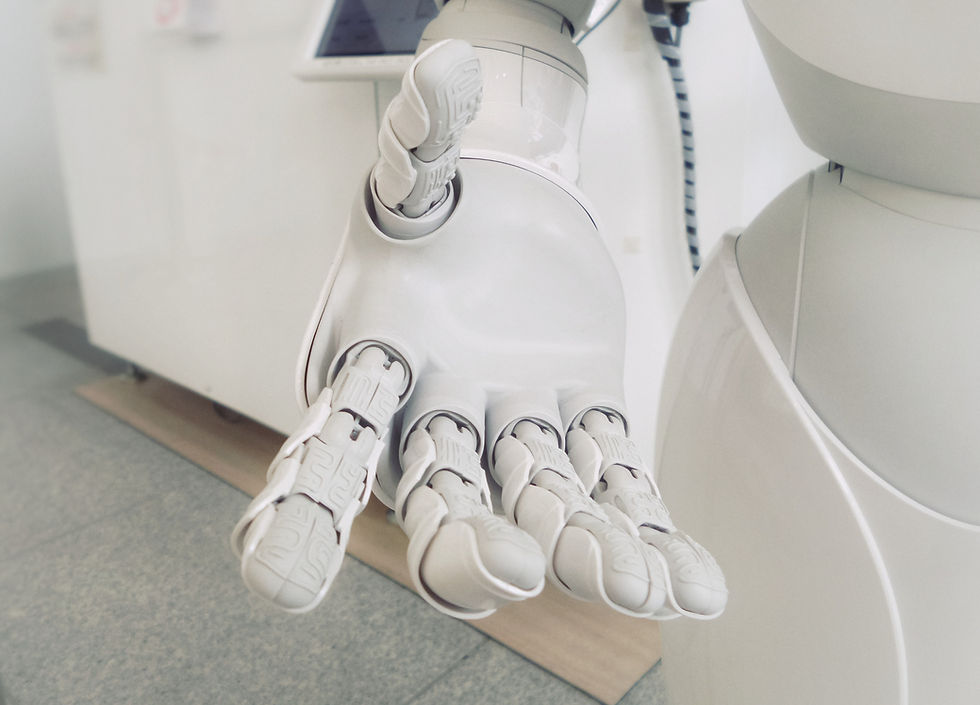Exploring Advanced Cybersecurity Technologies
- Lee
- Jul 8, 2024
- 2 min read
Cybersecurity constantly evolves, with new technologies emerging to counter increasingly sophisticated threats. This post explores cutting-edge technologies shaping the future of cybersecurity, making it accessible and understandable to readers ranging from young tech enthusiasts to seasoned professionals.
Artificial Intelligence and Machine Learning
Role in Cybersecurity: AI and ML are transforming how we approach cybersecurity by automating complex decisions and analyzing past data to detect new threats effectively.
Case Studies: ML systems learn what 'normal' looks like and can alert humans to deviations, similar to a vigilant security system that adapts to new threats.
Blockchain Technology
Enhancing Security: Blockchain provides a tamper-proof digital ledger system, enhancing data security across various applications.
Practical Applications: Beyond cryptocurrencies, blockchain secures medical records and protects the integrity of supply chains.
Advanced Threat Detection Systems
Next-Generation Antivirus and Firewalls: Today’s antivirus software and firewalls use sophisticated algorithms to detect and block new threats before they can cause harm.
Intrusion Detection and Prevention Systems (IDPS): These systems continuously monitor network traffic for suspicious activity, immediately alerting security personnel and taking action to prevent breaches.
Quantum Cryptography
The Future of Secure Communications: Quantum cryptography uses principles of quantum mechanics to create theoretically unbreakable encryptions.
Challenges and Opportunities: Despite its potential, the practical deployment of quantum cryptography is still developing, with significant research focused on overcoming technological and implementation challenges.
Ethical Considerations
Privacy Concerns: Advanced cybersecurity technologies can analyze vast data, potentially leading to privacy infringements.
Consent and Transparency: Users should be fully informed about how services use their data.
Bias and Fairness: Ensuring AI systems are trained on diverse, unbiased datasets is crucial.
Accountability: Clear mechanisms must exist to determine responsibility when cybersecurity measures fail or cause harm.
Potential for Misuse: Establishing guidelines and oversight is critical to prevent the misuse of powerful cybersecurity tools.
Understanding and adopting advanced technologies is crucial for staying ahead of cyber threats. For more detailed insights and practical advice, explore Cybersecurity & Hacking Made Easy: Beginner’s Guide to Understanding Basic Concepts.



Comments